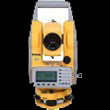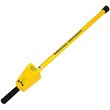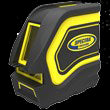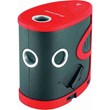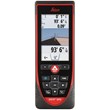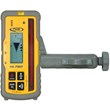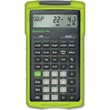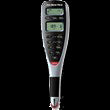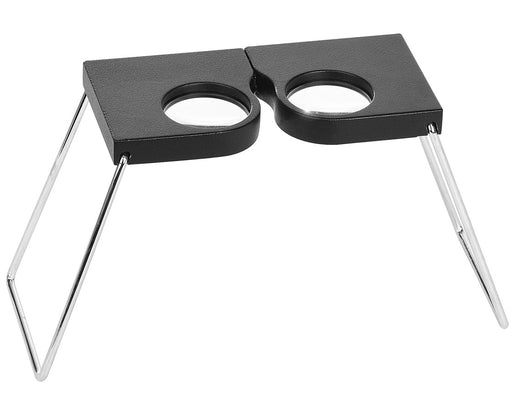Stereoscope
Filters
-
Pocket Stereoscope
AdirProNo reviewsOriginal price List Price: $56.00You Save: $9.00Original price $56.00 - Original price $56.00Original price List Price: $56.00Current price $47.00$47.00 - $47.00Current price $47.00| /- Hassle-free viewing of 3D images
- 4x magnification
- Premium, high-precision optical glass lenses
- Interpupillary distance: 55 - 75 mm
- Durable aluminum frames
- Stainless steel foldaway legs
- Extended dimensions: 6.1”H x 4.5”W x 2.5”D
- Included carrying pouch
Original price List Price: $56.00You Save: $9.00Original price $56.00 - Original price $56.00Original price List Price: $56.00Current price $47.00$47.00 - $47.00Current price $47.00| /
A stereoscope is a device for viewing a stereoscopic pair of separate images, depicting left-eye and right-eye views of the same scene, as a single three-dimensional image.
A typical stereoscope provides each eye with a lens that makes the image seen through it appear larger and more distant and usually also shifts its apparent horizontal position so that for a person with normal binocular depth perception the edges of the two images seemingly fuse into one "stereo window". In current practice, the images are prepared so that the scene appears to be beyond this virtual window, through which objects are sometimes allowed to protrude, but this was not always the custom. A divider or other view-limiting feature is usually provided to prevent each eye from being distracted by also seeing the image intended for the other eye.
Most people can, with practice and some effort, view stereoscopic image pairs in 3D without the aid of a stereoscope, but the physiological depth cues resulting from the unnatural combination of eye convergence and focus required will be unlike those experienced when actually viewing the scene, in reality, making an accurate simulation of the natural viewing experience impossible and tending to cause eye strain and fatigue.
Stereoscopy (also called stereoscopic or 3D imaging) is a technique for creating or enhancing the illusion of depth in an image by means of stereopsis for binocular vision. The word stereoscopy derives from Greek στερεός (stereos), meaning "firm, solid", and σκοπέω (skopeō), meaning "to look, to see". Any stereoscopic image is called stereogram. Originally, stereogram referred to a pair of stereo images which could be viewed using a stereoscope.
Most stereoscopic methods present two offset images separately to the left and right eye of the viewer. These two-dimensional images are then combined in the brain to give the perception of 3D depth. This technique is distinguished from 3D displays that display an image in three full dimensions, allowing the observer to increase information about the 3-dimensional objects being displayed by head and eye movements.

